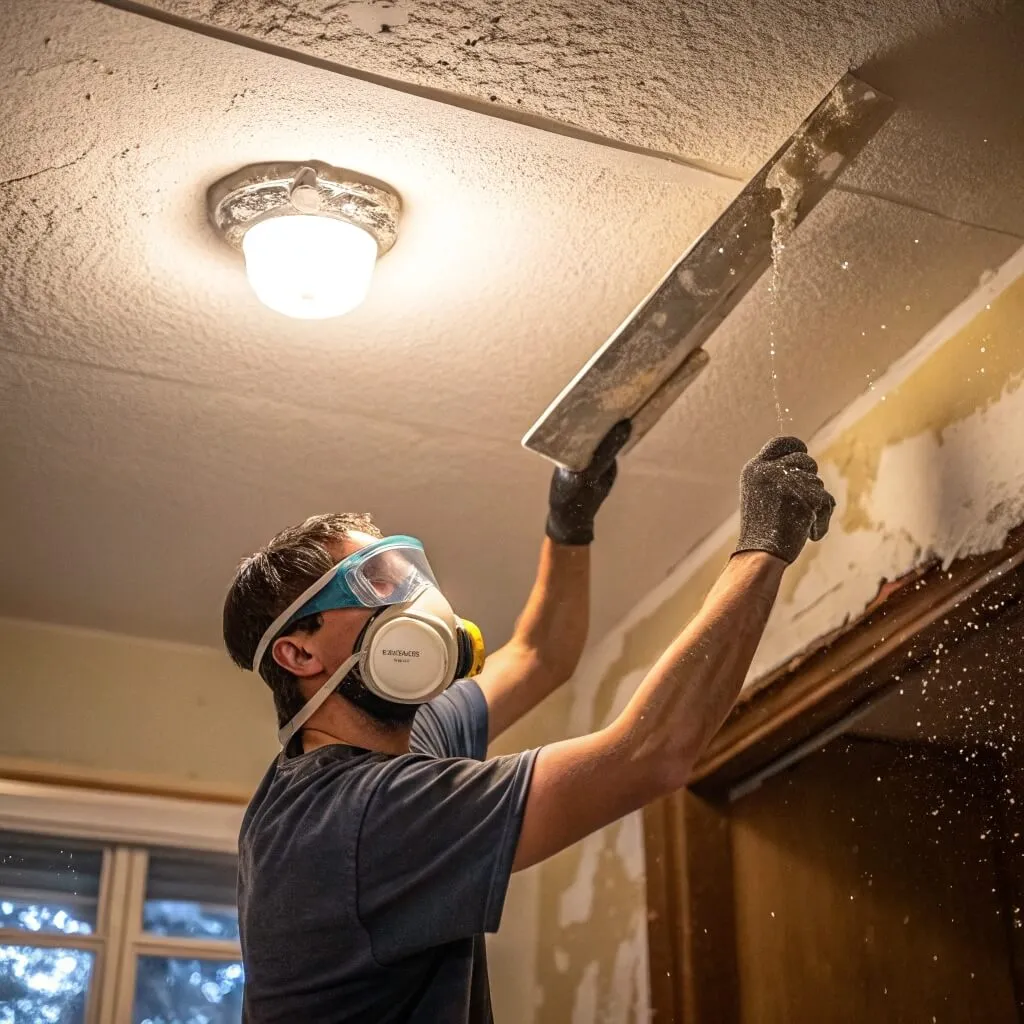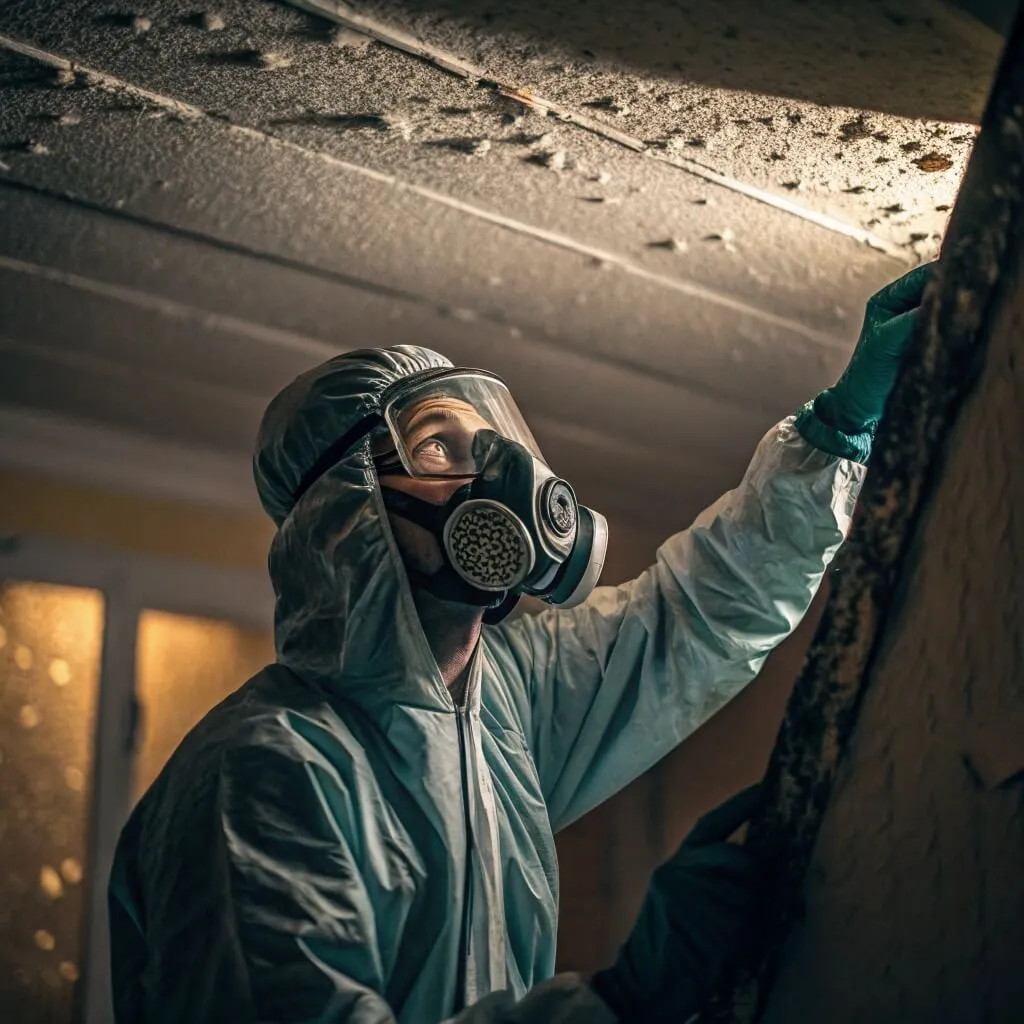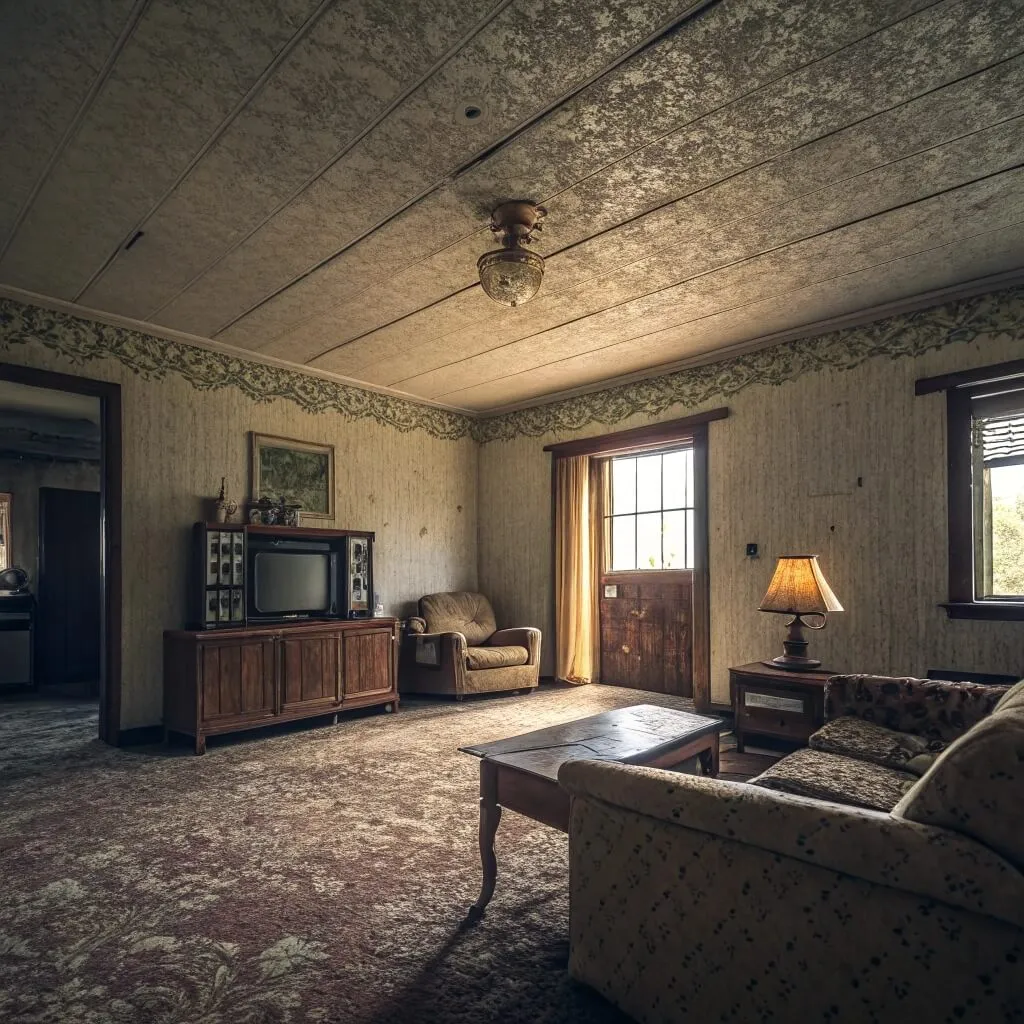How to remove popcorn ceiling?

Removing popcorn ceilings sounds like a messy job, right? You might imagine dust flying everywhere, uncertain safety risks, and hours of back-breaking work. But is it really that bad?
Yes, popcorn ceilings can be removed safely and efficiently, especially with the right tools, process, and a little prep work.
Before you grab a scraper, let’s break down the methods, safety concerns, and whether removing that bumpy texture is even worth your time.
What is the easiest way to remove popcorn from a ceiling?
Popcorn ceilings may look intimidating to deal with. But when you know the right steps, it’s more manageable than it seems.
The easiest way to remove a popcorn ceiling is to wet it with water, let it soak, and then gently scrape it off using a ceiling scraper or wide putty knife.

The wet scraping method is the most common and beginner-friendly way to get rid of popcorn texture. Here’s how I usually do it:
Step-by-step process:
- Prepare the space: Remove furniture or cover everything with plastic.
- Protect yourself: Wear goggles, a mask, and coveralls.
- Score the ceiling: Lightly scratch the surface with a utility knife if it’s painted.
- Spray water: Use a garden sprayer filled with warm water. Don’t drench it—just enough to soften the texture.
- Wait 15-20 minutes: Let the water soak in.
- Scrape: Use a wide drywall scraper to remove the texture gently.
- Smooth it out: Sand and patch the ceiling to prepare for painting or a new finish.
This method works best on ceilings that haven’t been painted. Paint acts as a sealant and may require more soaking or even dry scraping with additional tools.
Tools checklist:
| Tool | Purpose |
|---|---|
| Plastic sheeting | Protects floors and furniture |
| Safety goggles & N95 mask | Protects eyes and lungs |
| Garden sprayer | Applies water evenly |
| Putty knife or ceiling scraper | Removes popcorn texture |
| Sanding pole | Smooths out ceiling surface |
Is it safe to remove popcorn ceiling by yourself?
You might wonder if this is a job you can do on your own or if it’s better to call a professional.
Yes, it can be safe to remove a popcorn ceiling by yourself, but only if it does not contain asbestos.

Asbestos is the main risk when dealing with popcorn ceilings, especially in homes built before 1985. The texture often used asbestos for fire resistance and insulation.
If your ceiling contains asbestos, disturbing it releases harmful fibers that can cause serious health problems. That’s why testing before any DIY removal is crucial.
Here’s what I always recommend:
Safety precautions:
- Test for asbestos: Buy a test kit online or hire a certified lab.
- Do not dry scrape: Dry removal releases more dust and increases inhalation risk.
- Use personal protective equipment: Mask, gloves, goggles, and clothing that you can wash immediately after.
- Ventilate the space: Use fans and open windows.
- Work in sections: Smaller areas are easier to manage and keep clean.
DIY vs. Professional Comparison
| Option | Pros | Cons |
|---|---|---|
| DIY | Low cost, flexible schedule | Labor-intensive, higher risk if not careful |
| Professional | Faster, cleaner, includes repair | Expensive, requires scheduling |
If you’re unsure or your ceiling tests positive for asbestos, always hire a professional.
How do I know if my popcorn ceiling has asbestos?
Most people don’t have lab equipment lying around at home. So, how can you really know?
The only reliable way to know if your popcorn ceiling has asbestos is to have it tested in a certified lab.

There are no visible signs to tell if your ceiling has asbestos just by looking. Even experienced contractors won’t guess. Here’s what I did when I faced this issue in my first home renovation:
How to test for asbestos:
- Buy a home test kit: These usually come with instructions and a prepaid envelope.
- Follow instructions carefully: Turn off fans, wear a mask, wet the area, and scrape a small sample.
- Send the sample to a lab: It usually takes 1–2 weeks for results.
If you don’t want to handle it yourself, call an asbestos inspection service. It might cost more, but it ensures safety and accuracy.
When to suspect asbestos:
| Built Before | Risk Level |
|---|---|
| 1980 | High |
| 1981-1987 | Moderate |
| After 1988 | Low to none |
Are popcorn ceilings worth removing?
Some people ask, "Is it really worth the hassle?" I get it. Removing popcorn ceilings takes time and effort. So is it worth doing?
Yes, popcorn ceilings are worth removing if you’re upgrading your home’s value, improving aesthetics, or fixing damage.

Here’s what I’ve seen across many renovation projects. Popcorn ceilings date a space. They collect dust, are hard to paint, and don’t reflect light well. Removing them gives your ceiling a cleaner, more modern look.
Benefits of removing popcorn ceilings:
- Increases home value: Especially if selling or refinancing.
- Improves lighting: Smooth surfaces reflect more light.
- Easier to paint: Future touch-ups are simpler.
- Cleaner air: Dust and allergens don’t get trapped as easily.
Of course, not every ceiling needs to be removed. In some cases, especially in older homes with historic value, popcorn might be better left alone or covered with new drywall.
If you’re on a tight budget or timeline, you can also consider covering it up instead of removing. For example:
- Install drop ceilings
- Use ceiling panels
- Add drywall overlays
These are faster, less messy, and still modernize the look.
Conclusion
Removing a popcorn ceiling is doable, even for beginners—but test for asbestos first. Done right, it’s a smart upgrade that can brighten and modernize any room.



